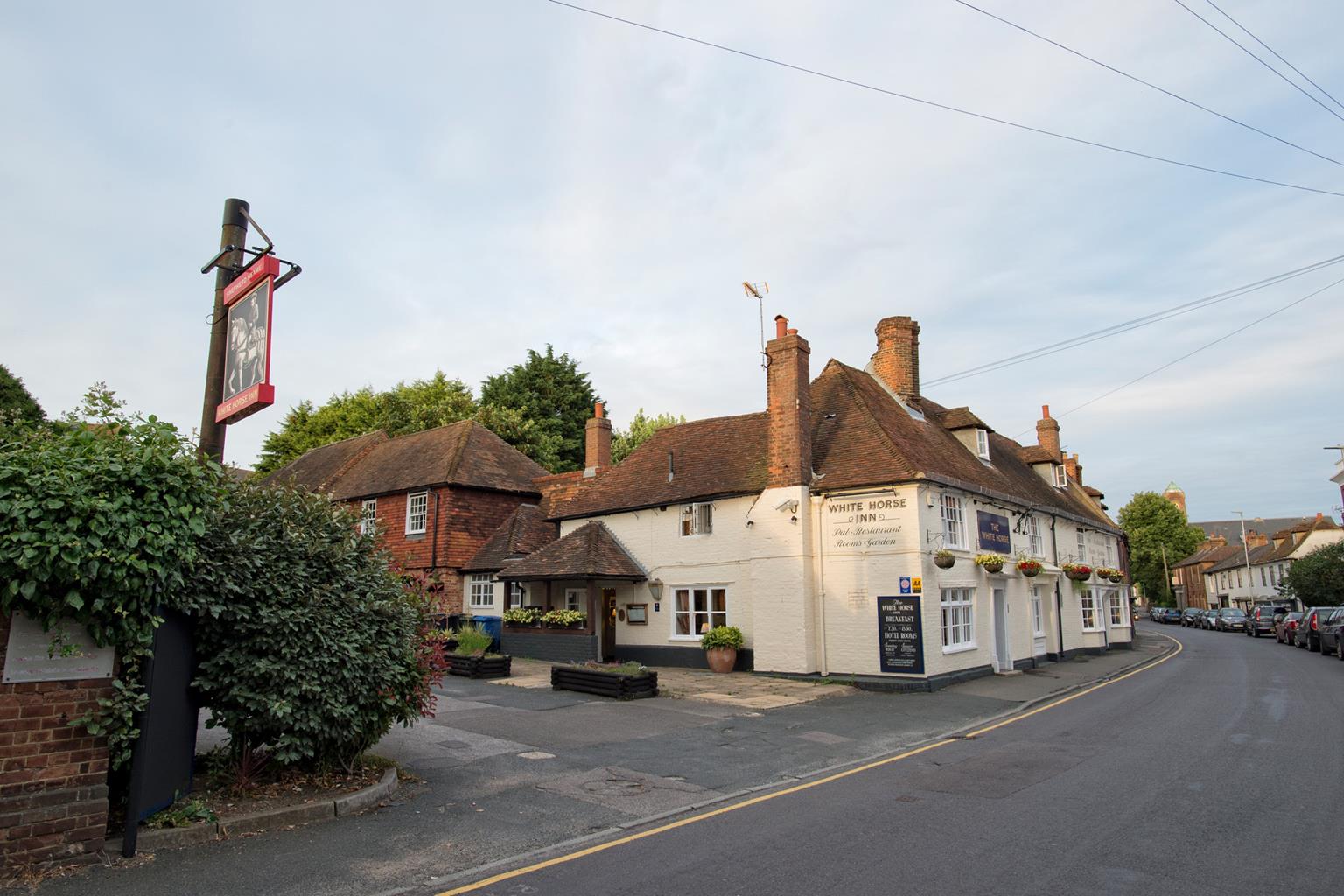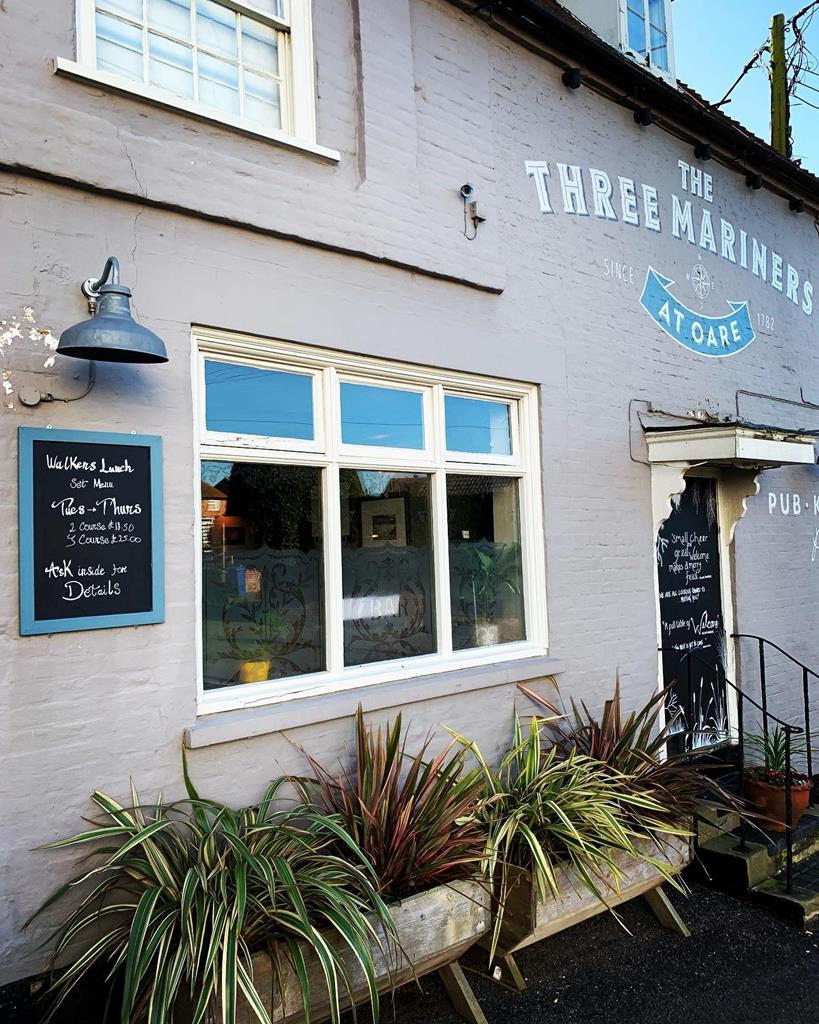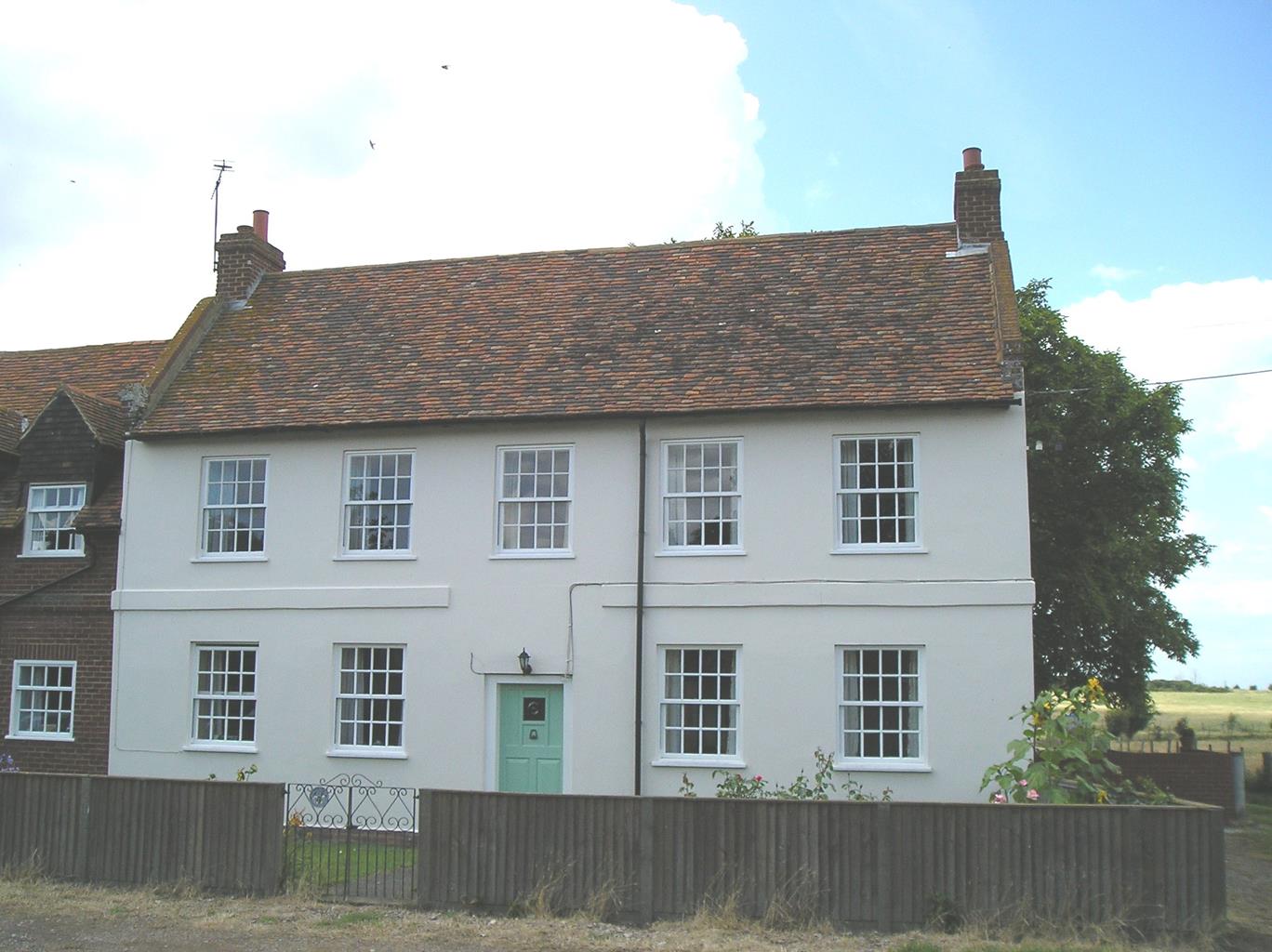Cave Hotel and Resort sits between Faversham and Canterbury, on the edge of the Kent Downs.…
A walk through Perry Wood

4 miles (6.4kms)
About the walk
Traditional country crafts seem to have practically died out in Britain, but on this walk through Perry Wood you'll see that one, the craft of coppicing, at least, is still being practised.
Coppicing, which comes from the French word 'couper' to cut, is an ancient way of managing woodland. When small trees are cut down they soon send up new shoots from the base. If there is plenty of light around them they grow tall and straight – providing a useful supply of timber that can be used for a wide range of purposes: it can be made into charcoal and firewood, woven into hurdles, cut into pea sticks, used to make hop poles, or turned into sturdy fence posts. Different woods have different qualities. Ash, for example, absorbs shock well, so is very good for making tool handles.
The most commonly coppiced wood in Kent is sweet chestnut, which is highly durable and weathers to a dark grey. It is used to make fence posts, palings and hop poles. The species was introduced by the Romans, probably to provide a supply of chestnut flour for the legionaries. When blocks (or 'coups') of trees are coppiced they can go on producing wood for hundreds of years. Sweet chestnut can be harvested every 12–15 years.
The beauty of coppicing is not simply that it provides timber without destroying trees. It also helps to provide a valuable habitat for wildlife. Whenever the trees are coppiced, a clear patch is created in the wood. As the sun floods in, wild flowers like bluebells, woodsage and foxgloves spring up. You'll also see willow herb, often known as fireweed because it loves to grow on ground that has been disturbed. These plants in turn attract insects such as butterflies and beetles. In time the trees begin to grow back, creating a scrubby area that is an ideal breeding ground for birds.
In chestnut coppice there is a wide range of bird species, including blackcaps, chiffchaffs, yellowhammers and nightingales. Eventually the chestnut coppice grows tall and creates a dense canopy. This is not quite as attractive to wildlife, so they move on to the next cleared area. The seeds of the plants remain dormant in the soil then spring into life when the plot is cleared again. As well as sweet chestnut, you'll see oaks, beeches and Scots pine as you wander through this working woodland.
Walk directions
From the woodland car park, cross the road and take the waymarked bridleway directly ahead of you. You'll soon see evidence of coppicing. After a few hundred paces fork left and cross the boarded footbridge, where the ground is often boggy. Cross the track at Keeper's Cottage gateway and keep going uphill on the main path through the wood, ignoring side-paths to the left. Wooden marker posts show local trees and wildlife (Scots pine, badgers etc). Eventually you emerge into open heathland. Walk along the ridge and climb to the observation platform, known as The Pulpit, for some great views.
Walk ahead down steps from The Pulpit and cross a bridleway through waymarked railings to enter an orchard. Follow the windbreak trees down the right-hand edge of the orchard towards the bungalow at the far end. Skirt around the garden hedge line to your left, then make your way out to the lane through a gap.
Turn right and continue through Shottenden village. Carry straight on where the roads converge. Walk past Old Plough Cottage on your left and go to the crossroads.
Turn left, signposted to Denne Manor, walk past a converted oast house and continue along the lane until you reach a line of pylons. Leave the road here and take the path half-right along field edges, keeping in the same direction. Eventually you join a rough farm track which emerges on a metalled road near Wytherling Court.
Turn right here, and right again at the next two T-junctions. Take the next road left, signed to Selling, and follow the winding lane to a T-junction. Turn right and then take the waymarked footpath on the left.
Your way now lies ahead across open fields. Walk down through the first field, to cross a stile. Continue over the next field and through a fenced path between pasture, climbing three more stiles to join the lane.
Turn right along the tarmac lane, where your path soon bears left across a field. Head towards the right-hand rooftop. At the lane, cross and take the right-hand footpath leading half right across the field.
Follow the path to the left and keep straight ahead at a crossing path until you reach the road. Turn right and go over the crossroads to return to the car park on your left.
Additional information
Woodland paths, field paths, quiet tarmac lanes, several stiles
Working woodland, orchards and fields
Can mostly run free in woodland
OS Explorer 149 Sittingbourne & Faversham
Woodland car park in Perry Wood
None on route
WALKING IN SAFETY
Read our tips to look after yourself and the environment when following this walk.
Find out more
Also in the area
About the area
Discover Kent
The White Cliffs of Dover are an English icon – the epitome of our island heritage and sense of nationhood. They also mark the point where the Kent Downs AONB, that great arc of chalk downland stretching from the Surrey Hills and sometimes known as ‘the Garden of England’, finally reaches the sea. This is a well-ordered and settled landscape, where chalk and greensand escarpments look down into the wooded Weald to the south.
Many historic parklands, including Knole Park and Sir Winston Churchill’s red-brick former home at Chartwell, are also worth visiting. Attractive settlements such as Charing, site of Archbishop Cranmer’s Tudor palace, and Chilham, with its magnificent half-timbered buildings and 17th-century castle built on a Norman site, can be found on the Pilgrim’s Way, the traditional route for Canterbury-bound pilgrims in the Middle Ages.
In the nature reserves, such as the traditionally coppiced woodlands of Denge Wood and Earley Wood, and the ancient fine chalk woodland of Yockletts Bank high on the North Downs near Ashford, it is still possible to experience the atmosphere of wilderness that must have been felt by the earliest travellers along this ancient ridgeway.
Nearby stays
Restaurants and Pubs
Nearby experiences
Recommended things to do
Why choose Rated Trips?
Your trusted guide to rated places across the UK
The best coverage
Discover more than 15,000 professionally rated places to stay, eat and visit from across the UK and Ireland.
Quality assured
Choose a place to stay safe in the knowledge that it has been expertly assessed by trained assessors.
Plan your next trip
Search by location or the type of place you're visiting to find your next ideal holiday experience.
Travel inspiration
Read our articles, city guides and recommended things to do for inspiration. We're here to help you explore the UK.














